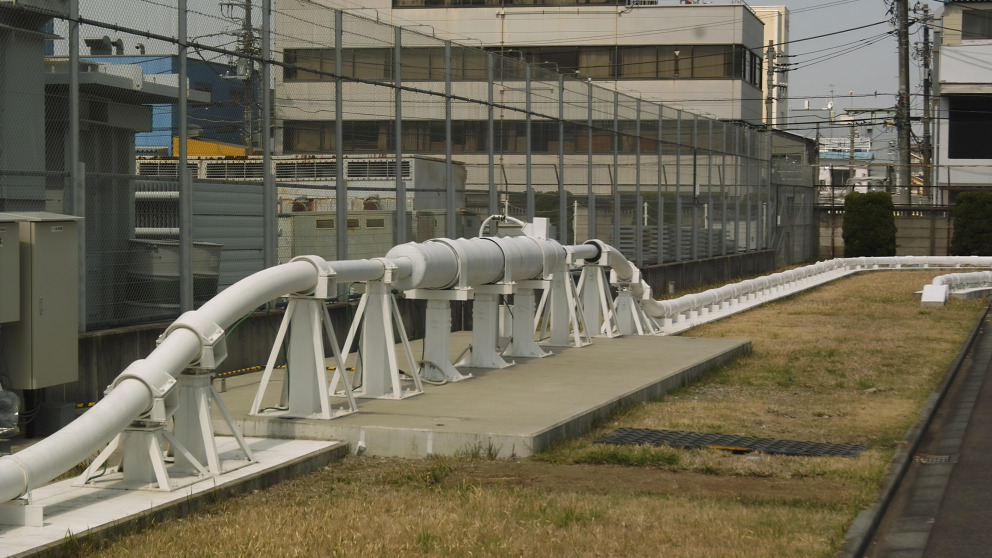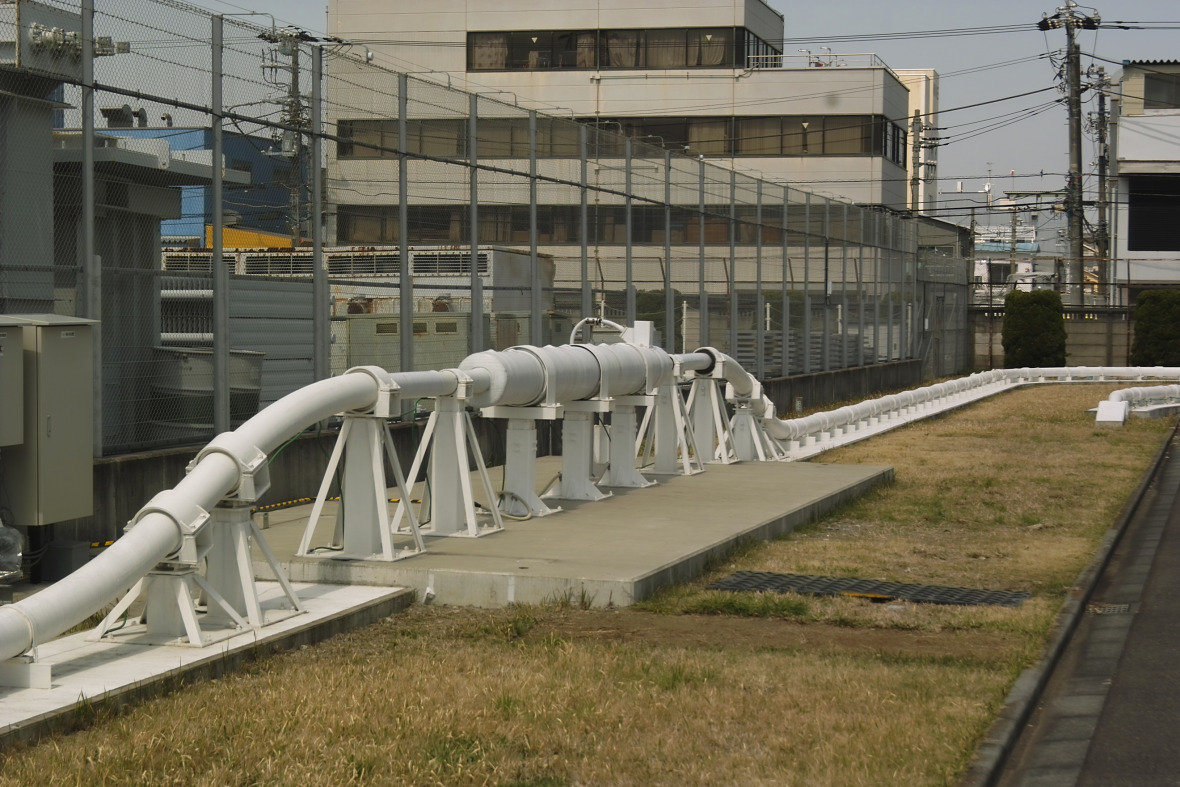Headline:
Superconductivity: New Paper Highlights Progress in Sustainable Power Transmission with Higher Public Acceptance

Integrating an increasing amount of renewable energy into the power supply is a challenge, especially as global energy demand is growing. This makes it necessary to upgrade and expand the electric grid. But transforming grids has an impact on people’s lives and the environment. So there is an urgent need to develop new sustainable technologies that are acceptable for all stakeholders involved. If renewable energy generation capacity grows faster than the electric grid can support, the goals of the Energiewende might not be achieved. With regard to public acceptance of grid extensions, superconducting transmission and distribution lines can be an alternative option that addresses many ecological, social and economic points of contention.
A recently published paper informs about the progress in this field. “Despite extensive investment in research and development, political decision-makers as well as the general public still know too little about superconducting (SC) lines and their potentially positive impacts,” says IASS scientist Heiko Thomas, lead author of the paper. The analysis highlights the characteristics that give superconducting lines an advantage over established options, not only in terms of public acceptance but also with regard to sustainability, capital costs, health, and environmental concerns. Risks and disadvantages like the use of a coolant and the need for an uninterrupted electric supply are also discussed.

Superconductivity is the term used to describe what happens when special electrical conductors are cooled below a certain temperature to allow the transmission of electricity without resistive losses – a significant advantage. Superconducting cables are installed underground and can be designed so as to not generate any electromagnetic fields. The space required by high-capacity transmission lines is much smaller than for any other transmission technology, making it possible to replace old power lines in existing corridors with superconducting transmission lines whose capacity rating is 10 times or even 100 times greater.
The lower power transmission losses of SC lines would translate into increased profitability and less wasted energy, as well as lower associated greenhouse gas emissions. In the case of Germany, the paper compares the greenhouse gas emissions due to power losses for a number of transmission technologies and finds that they are generally lower for SC lines – in particular when compared with standard High-Voltage Direct-Current (HVDC) cables. However, the comparison does hinge on the average load, which impacts losses and therefore associated greenhouse gas emissions. This is also an important factor when conducting lifecycle assessments and calculating energy amortisation times, i.e. the time it takes to generate or transfer the amount of electric energy used in construction.
From a technical point of view, the higher transmission efficiency of SC lines and the possibility of using lower operating voltages while still preserving the total capacity are their main advantages. However, from the perspective of communities affected by new transmission line projects, the lower visual impact might be the more appealing aspect of SC lines. Finally, estimated costs suggest that SC lines can compete with standard cables and even with overhead lines in the future. The results of the paper are partly based on the findings of a more comprehensive IASS study that investigated the socio-economic aspects of superconducting transmission lines.
Superconducting transmission lines are now being tested and accepted by a growing number of operators and utilities as part of the electric distribution grid (for example, the AmpaCity project in Essen/Germany and the LIPA project in the New York State). In Japan, the Tokyo Electric Power Company (TEPCO) is investigating the potential of superconducting cables for a planned upgrade of power lines in the densely populated coastal lowlands where strict right-of-way limitations are in place. A demonstrator project connected to the real grid has been set up at a substation in Yokohama. TEPCO has stated that they were able to remotely operate this special cable from Tokyo with no problems.
The switch to renewable energy generation and the phasing out of fossil and nuclear power plants will entail the construction of new power lines, especially high-voltage direct-current lines. In Germany, however, opposition to such power lines from local residents and even state governments is often vociferous, as seen in the case of the Südlink corridor connecting Schleswig-Holstein and Bavaria. The reasons behind such protests are manifold and range from visual and environmental impact to health and economic concerns. HVDC pylons are between 50 and 90 metres high and are located at intervals of approximately 400 metres. Thus their visual impact is huge.
To facilitate the grid extension and ensure greater public acceptance, the Energy Line Extension Act (EnLAG) has recently been changed. It now stipulates that underground cables must be used for HVDC corridors in Germany unless overhead lines are shown to have distinct advantages. This development bodes well for SC lines.
Thomas, H., Marian, A., Chervyakov, A., Stückrad, S., Salmieri, D., Rubbia, C. (2016): Superconducting transmission lines – Sustainable electric energy transfer with higher public acceptance? - Renewable and Sustainable Energy Reviews, 55, p. 59-72.
More information:

